Japan Travel: Pianificare un viaggio in Giappone
Paese di contrasti e contraddizioni, il Giappone è una delle destinazioni di viaggio più ambite al mondo. Anche tra i paesi asiatici, il Giappone ha una propria cultura ed è unica rispetto alle altre nazioni della regione. Storia e tradizione convivono insieme alla modernizzazione e ai progressi compiuti nel secolo scorso. È questa impeccabile convivenza che dà a questa nazione uno scenario unico e diverso dalla tipica civiltà occidentale. Questo è l’unico posto in cui è possibile vedere antichi templi e santuari, geishe e vecchie case da tè situate accanto al famoso treno proiettile e ai robot.


Il Giappone è un paese relativamente piccolo rispetto ad altri paesi, quindi è molto facile viaggiare da nord a sud. Ogni città ha il suo carattere e la sua atmosfera che scoprirete sia esplorando solo i punti salienti sia immergendosi profondamente nella cultura.
Tuttavia, se state pianificando il vostro primo viaggio in Giappone potrebbe essere un compito difficile. Quindi, in questo post, condivideremo alcuni suggerimenti che potrebbero rivelarsi utili quando desiderate iniziare la vostra avventura giapponese.
Quando visitare il Giappone
Se amate il Giappone, potreste visitare il paese durante una delle stagioni più significative dell’anno per i locali. Hanami (osservazione dei fiori di ciliegio, seconda metà di marzo fino a maggio) è ampiamente conosciuta come una delle stagioni più belle per visitare il Giappone. E nonostante i costi elevati durante questo periodo, è ancora la stagione più popolare per visitare il paese.
Se decidete di visitare il Giappone e la sua capitale durante l’estate, preparatevi al caldo, all’umidità e preparatevi a sudare. Le estati in Giappone, specialmente nelle regioni centrali e meridionali, sono note per essere molto calde e umide. Il tempo è comunque piacevole per la maggior parte dei giorni.
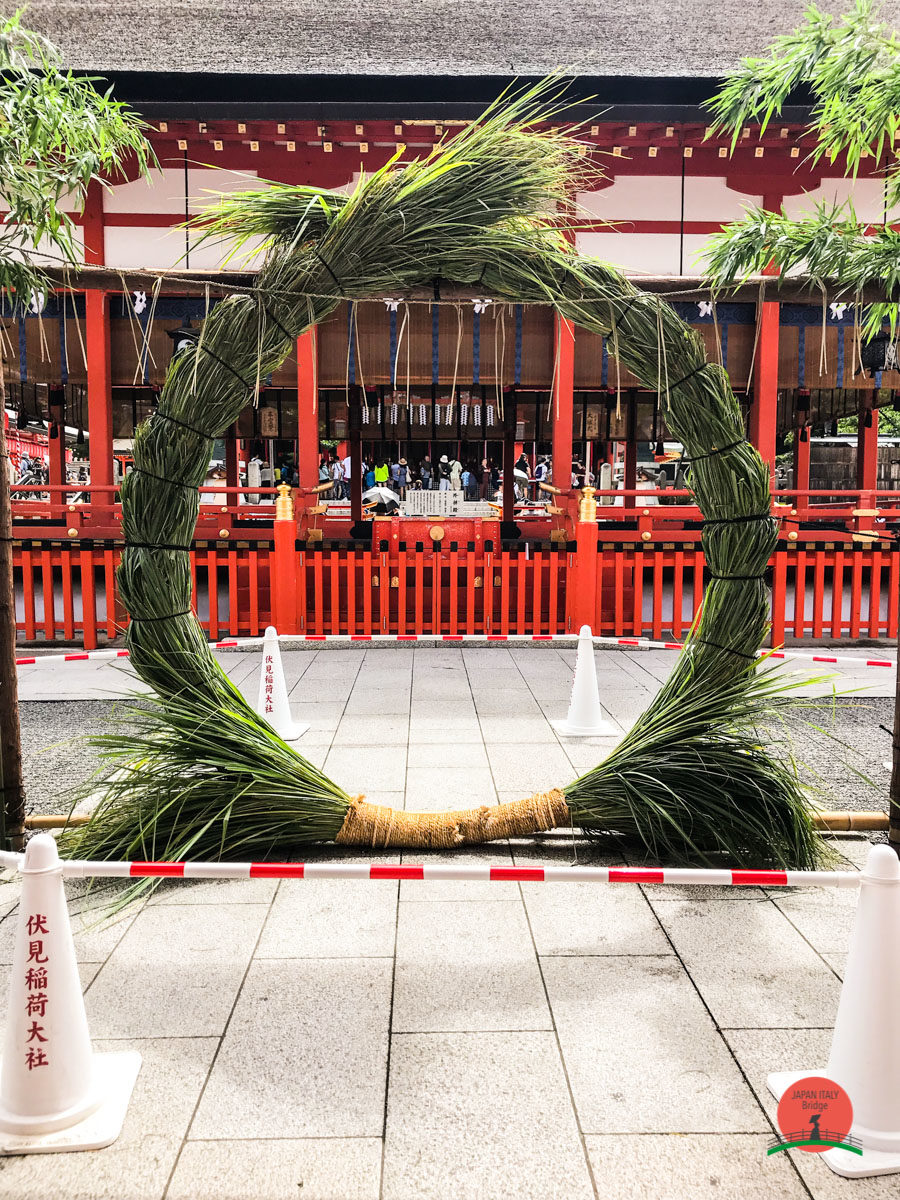

La stagione autunnale in Giappone è un altro periodo meraviglioso per uno splendido scenario, con il fogliame autunnale che trasforma i verdi estivi in rossi infuocati. Il tempo sarà per lo più fresco e più secco dell’estate.
Oltre a questi, è sempre possibile visitare durante le festività natalizie tra Natale e Capodanno. Ogni anno, le città si illuminano di luminarie festive per creare un’atmosfera magica e mistica. Va da sé che questi sono meglio vissuti di notte. Il tempo durante queste settimane non è in genere troppo freddo, ma potrebbe esserci neve a seconda della regione che si visita, quindi assicuratevi di mettere in valigia vestiti caldi.
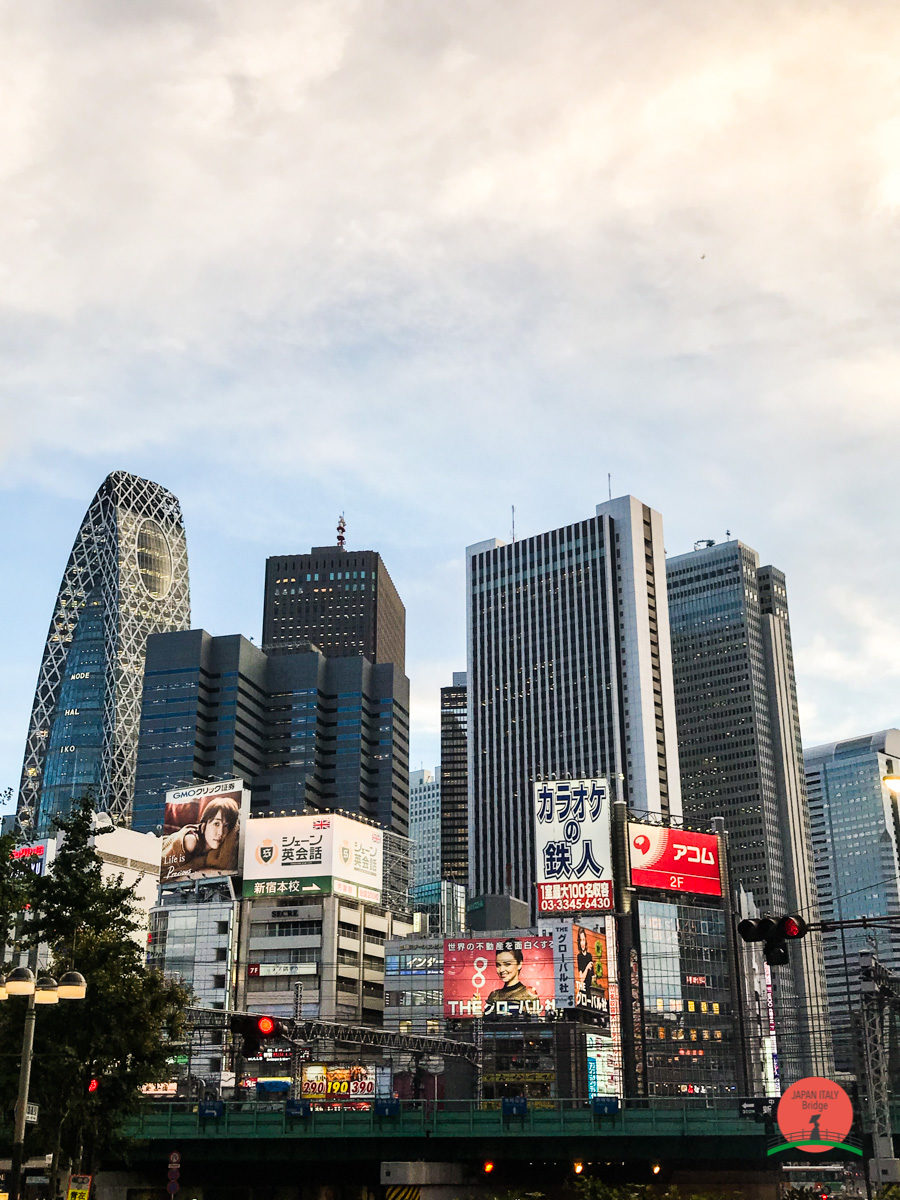
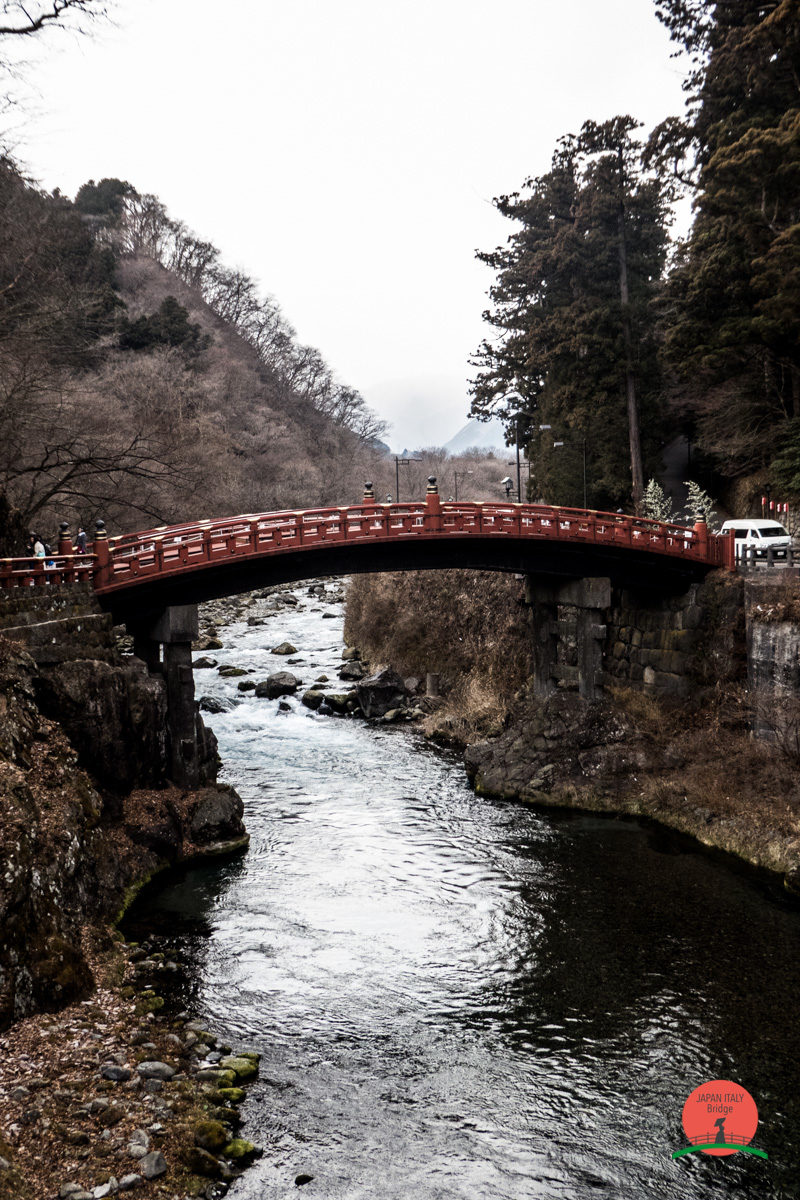
Quanto stare in Giappone
Anche se il Giappone sembra piccolo sulla mappa del mondo, la vibrante cultura di questo paese è piena di cose e esperienze uniche. Visitare l’intero paese in una volta sola sarà un viaggio piuttosto costoso. Quindi, se avete intenzione di rimanere per più di due settimane in questo posto fantastico, assicuratevi di pianificare la spesa e di assegnare la giusta quantità di denaro per ogni giorno
Quali città visitare
Indipendentemente dal tempo in Giappone, questi posti dovrebbero essere nella vostra lista dei must-go. Di solito i percorsi sono gli stessi per ogni viaggio. Quindi, ecco i nostri suggerimenti per viaggiare se desideri limitarti alle principali città del Giappone
1. Tokyo
2. Nikko
3. Takayama
4. Hiroshima
5. Kyoto
6. Osaka
7. Nagoya
8. Yokohama
9. Niigata
10. Sendai
11. Sapporo
Scegliendo una di queste città come base, avrete accesso a gite di un giorno/paio di giorni nelle città e cittadine limitrofe. Notate che sebbene le grandi città siano pubblicizzate come i punti salienti del Giappone, le destinazioni meno conosciute del paese sono piene di tesori nascosti che potete scoprire.
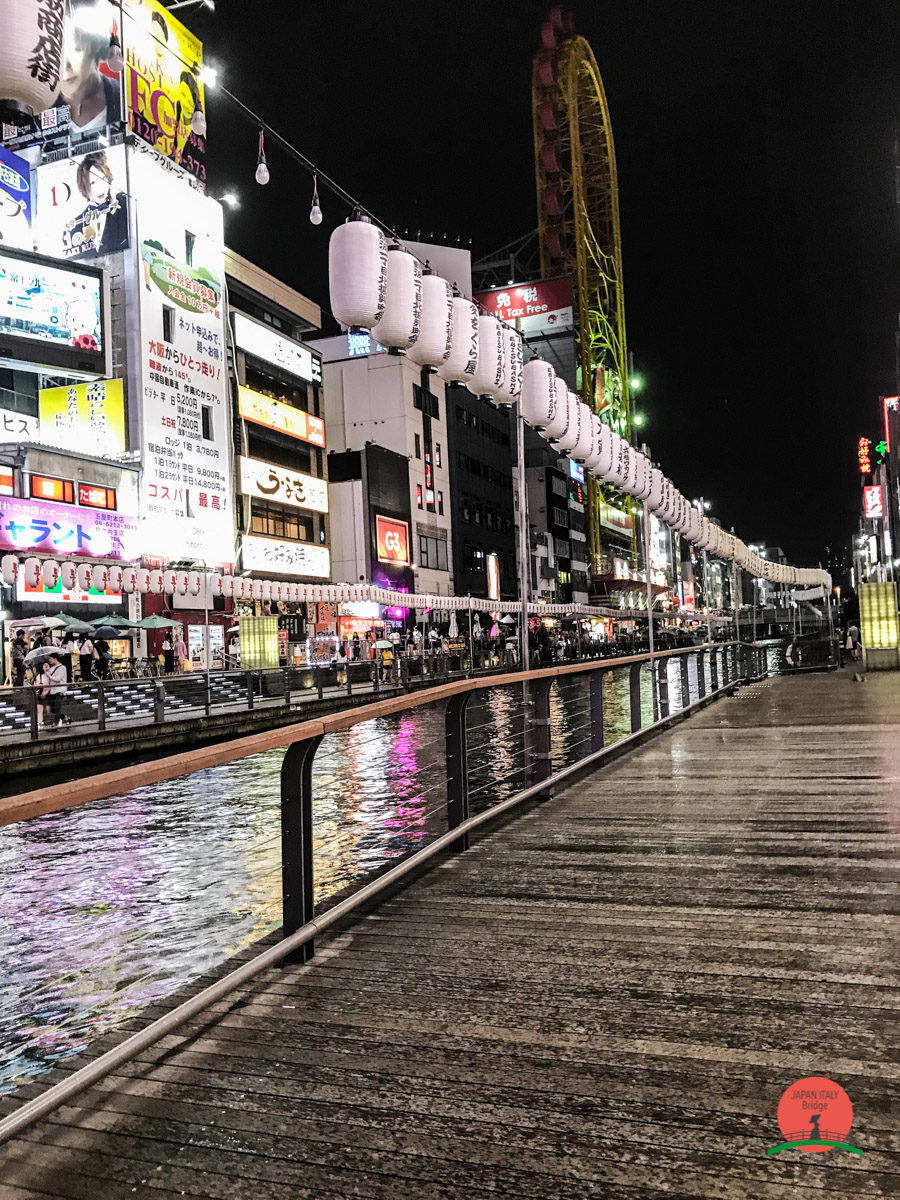

Budget
Il Giappone ha la sfortunata reputazione di essere un paese costoso. Anche se questo può essere vero, in realtà non è molto diverso da qualsiasi altro paese come l’Italia o l’Inghilterra.
Potete adattare il budget del vostro viaggio in base alle vostre preferenze e a quello che avete, e ci sono molti modi per risparmiare denaro. Potete trovare diverse combinazioni di offerte che includono sia voli che alloggi online su siti Web.
Transportation
Quando si vola a Tokyo, la capitale del Giappone, si atterra all’aeroporto Narita o di Haneda. Il Giappone ha una meravigliosa rete di trasporti che è molto estesa e affidabile. Esistono diverse app che possono aiutarvi a trovare i percorsi da utilizzare. Per i treni e i trasporti pubblici, le app di go-to sono HYPERDIA e JR-EAST Train Info.
In ogni stazione, ci sono distributori di biglietti, ma in caso di dubbio, si può sempre chiedere ai membri dello staff ai banchi informazioni della stazione. Di solito c’è qualcuno che parla inglese di base.

Cards & Passes
L’acquisto di biglietti presso i distributori automatici a volte può rivelarsi problematico, soprattutto se non si legge la lingua. Per semplificare le cose, ci sono diverse carte che puoi usare. Le informazioni sulle varie carte e pass sono le seguenti:
– Japan Rail pass: è un pass per il sistema ferroviario che è possibile utilizzare su tutta la linea ferroviaria JR, la compagnia nazionale di trasporto ferroviario. Puoi acquistare il pass solo dall’estero, quindi devi acquistarlo mentre sei ancora nel tuo paese. Il pass ha 7, 14 o 21 giorni consecutivi di validità. È possibile acquistare la prima classe (verde) o la seconda classe (ordinaria). Lo standard di qualità sui treni giapponesi è molto alto, quindi anche se acquisti il pass di seconda classe puoi comunque viaggiare molto comodamente. Inoltre, c’è uno sconto del 50% per i bambini tra i 6 e gli 11 anni.


– Suica Card: questa è una carta prepagata. Può essere usata al posto dei biglietti del treno, ma anche come normale carta prepagata in alcuni negozi. La carta Suica è valida in tutto il Giappone, offre anche un piccolo sconto sulla metropolitana di Tokyo ed è molto comoda perché permetterà di evitare di passare attraverso il processo di biglietteria ogni volta che si vuol salire sul treno. Si può comprare e ricaricare in biglietteria in ogni stazione attraverso i distributori automatici o rivolgendosi ad un agente di biglietteria.
La Suica Card è valida sui treni appartenenti alle linee JR East e sui treni JR delle seguenti regioni: Sendai, Niigata, Sapporo, Osaka, Okayama, Hiroshima, Nagoya Shizuoka. È anche possibile utilizzarla su alcuni treni, autobus e metropolitane nella regione di Fukuoka.
Sulla Suica puoi ricaricare fino a 20000 ¥. Il costo iniziale per acquistare la carta può essere 1000, 2000, 3000, 4000, 5000 e 10000 ¥ e questo include il deposito di 500 ¥.
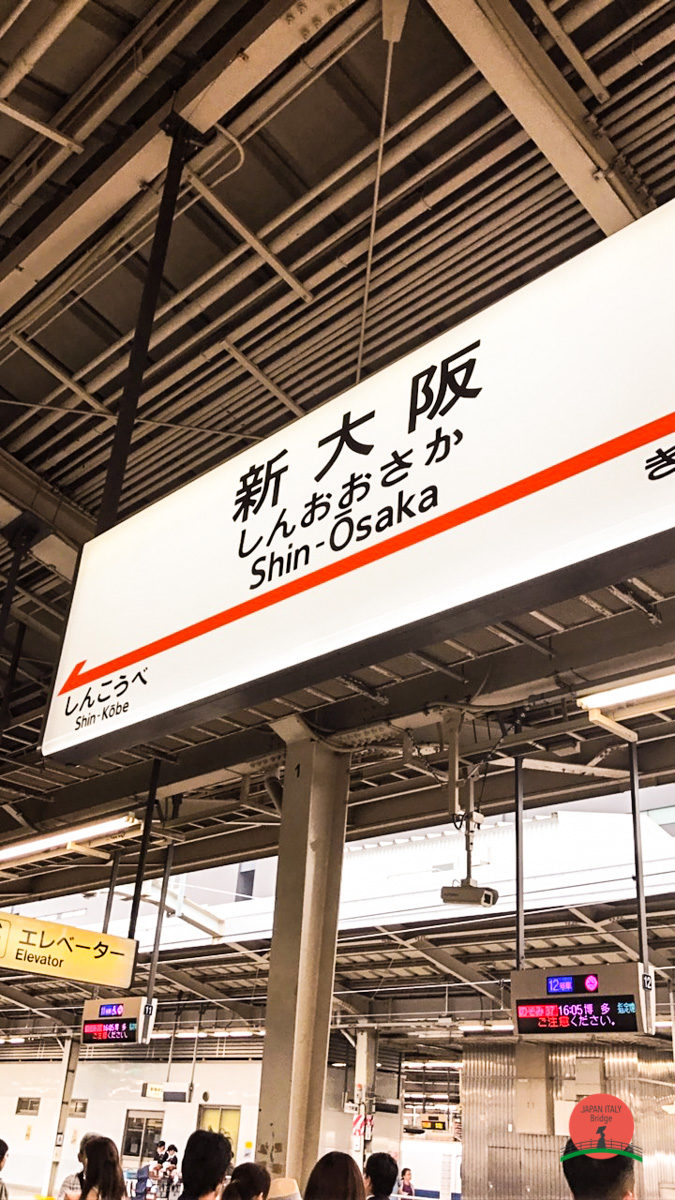

Per usare la Suica, si appoggia la carta sul sensore blu alle barriere della metropolitana / treno. Se il sensore rimane blu, le porte delle barriere si aprono e si può passare. Se il sensore diventa rosso, significa che il credito sulla carta non è sufficiente e si deve ricaricare. Può valere la pena notare che queste carte e gli importi addebitati rimangono validi fino a 10 anni dalla tua ultima corsa.
– Pasmo: questa è una carta per il trasporto di Tokyo e funziona esattamente come la Suica.
Hotels in Japan
Alberghi e alloggi sono in genere la parte più costosa di un viaggio in Giappone. Tuttavia, una gamma molto ampia di tipi di alloggio è disponibile sia con interni in stile giapponese che in stile occidentale. I prezzi per notte possono variare da meno di 2.000 yen a persona in un dormitorio o in un hotel a capsule a oltre 50.000 yen a persona in un Hotel di prima classe o Ryokan.
I ryokani (e le loro versioni più economiche, i minshuku) sono tradizionali pensioni giapponesi e sono i luoghi migliori per conoscere le tradizioni culturali relative al cibo e all’ospitalità giapponesi. Questo è qualcosa di unico che può essere vissuto solo in Giappone. In quanto tale, se il budget lo consente, si può pianificare di rimanere in uno di questi luoghi per un paio di notti. Il Giappone ha anche capsule, o pod, alberghi in cui essenzialmente dormi in una versione high-tech di letti a castello.


Cibo Giapponese
La cucina giapponese è una delle migliori al mondo, offre una dieta equilibrata in una vasta gamma di delizie gastronomiche e piatti stagionali. Ristoranti sono facilmente reperibili, dai ristoranti di fama mondiale, con stelle Michelin ai locali stand-in-the-wall che sono popolari tra la gente del posto. Sebbene il sushi e il sashimi siano i più famosi piatti giapponesi conosciuti in tutto il mondo, il Giappone ha in realtà una così grande varietà di cibi che c’è davvero qualcosa da mangiare per tutti. Molti dei migliori locali sono, tuttavia, tipicamente specializzati in un tipo di cibo.
Sushi, Sashimi, Kaisen Don, Tempura, Katsu Curry, Udon, Soba, Ramen, Yakitori, Takoyaki. Questi sono solo alcuni dei piatti che bisogna assolutamente provare mentre si esplora la terra del Sol Levante.
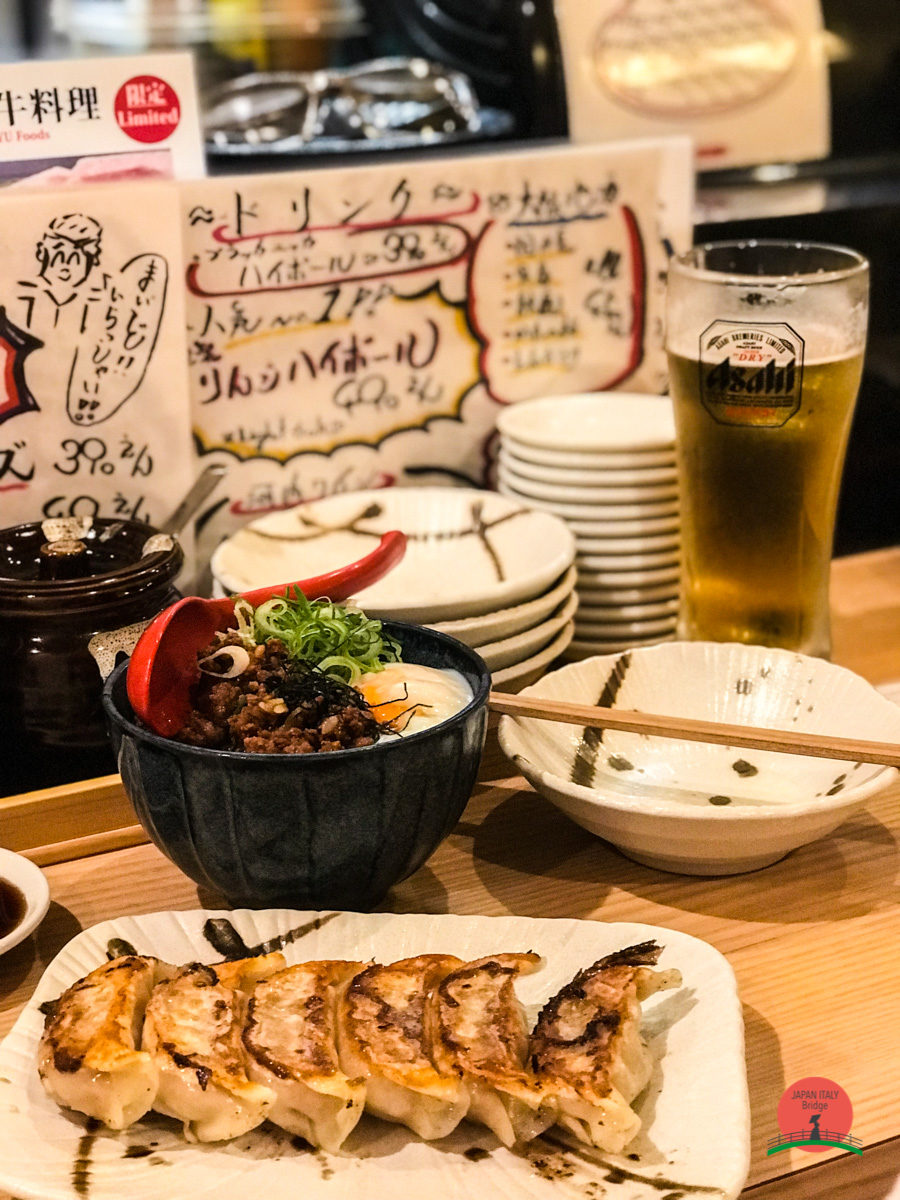

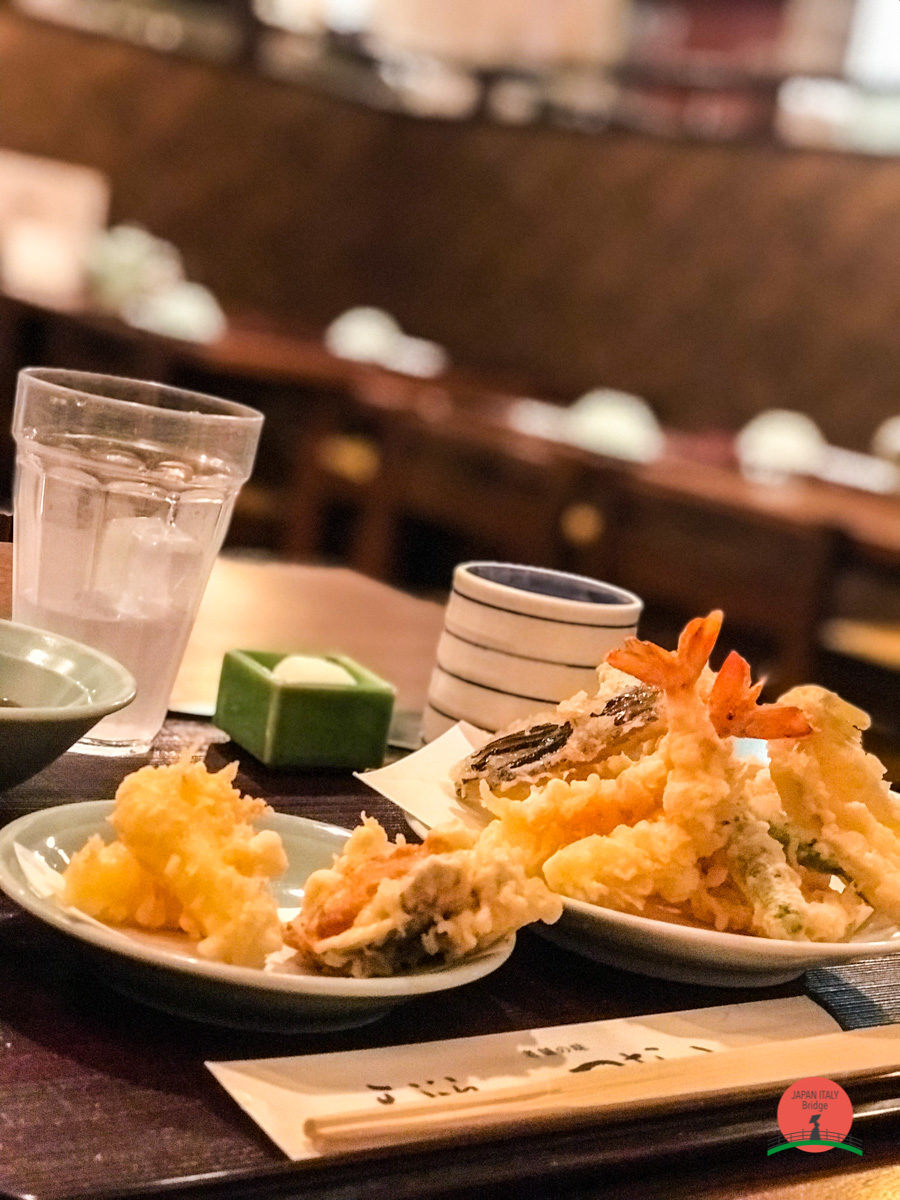
Valigie in Giappone
Indipendentemente dal tempo in cui si pianificare di rimanere nel paese, si deve considerare di avere valigie piuttosto leggere e con poche cose. La maggior parte delle camere degli hotel è molto piccola e a volte potrebbe non esserci spazio sufficiente per avere grandi valigie e molte cose in giro. Avere valigie poco ingombranti è importante se si prevede di viaggiare principalmente con i mezzi pubblici. La maggior parte dei treni non ha spazio per bagagli voluminosi e nonostante il sistema di treni molto avanzato, non tutte le stazioni sono dotate di scale mobili o ascensori. Inoltre, la maggior parte degli hotel non consente di effettuare il check-in prima delle 14:, quindi bisogna prendere in considerazione di trattenere il bagaglio fino a quel momento.

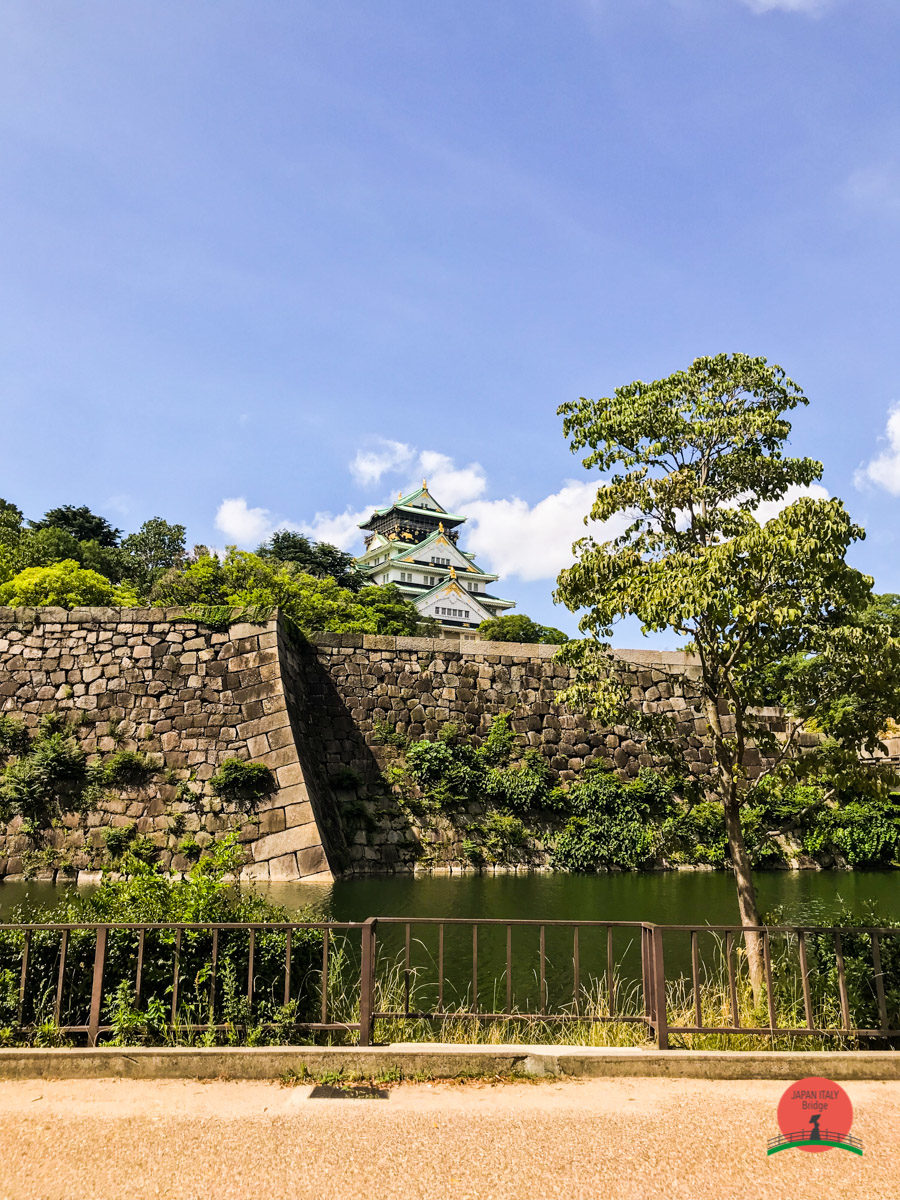
Altre cose da notare
Valuta: Yen giapponese (JPY)
Elettricità: 100 V / 50-60 Hz (spina nordamericana, di solito a due denti, spesso ha entrambi i pin piatti delle stesse dimensioni. Potrebbe essere necessario un adattatore).
Principali aeroporti: Tokyo Narita Airport (NRT). Tokyo Haneda Airport (HND). Aeroporto di Osaka Kansai (KIX).
Acqua: sicura. Porta una bottiglia d’acqua e riempi dal rubinetto mentre viaggi.
Connettività Internet: il Giappone ha un’eccellente connessione internet , uno dei collegamenti più veloci al mondo.
SIM locale/WiFi portatile: è consigliabile comprare una scheda SIM o, meglio, una wifi portatile una volta atterrato. Sebbene non sia economico, è comodo e consente di risparmiare sui piani dati internazionali con le app di comunicazione di oggi. Questo permetterà anche di usare strumenti come Google Maps.
Visti: i cittadini del Nord America, del Regno Unito e dell’Europa non hanno bisogno di un visto per entrare per 90 giorni. Per alcuni di questi paesi sono disponibili estensioni più lunghe. Per la maggior parte degli altri paesi il visto dovrà essere richiesto. Richieste di visto click here .
Festival degni di nota: Hanami, o piuttosto la stagione di visualizzazione dei fiori di ciliegio, è uno dei periodi più popolari per visitare il Giappone (da fine marzo a maggio). Sapporo Snow Festival (febbraio). Fuji Rock Festival (luglio). Golden Week (29 aprile – 5 maggio – è quasi impossibile trovare un alloggio durante questa settimana.)
Sicurezza: il Giappone è incredibilmente sicuro. È nella cultura di ogni cittadino seguire un rigido insieme di regole sociali. I bambini viaggiano da soli, prendono la metropolitana e vanno a scuola da soli senza problemi. Le truffe sono rare. Ci sono alcune segnalazioni di comportamenti sgradevoli degli uomini sui treni, ma tali casi si verificano raramente.

Condividi:
- Fai clic per condividere su Facebook (Si apre in una nuova finestra)
- Fai clic qui per condividere su Twitter (Si apre in una nuova finestra)
- Fai clic qui per condividere su Tumblr (Si apre in una nuova finestra)
- Fai clic qui per condividere su Pinterest (Si apre in una nuova finestra)
- Fai clic per condividere su Telegram (Si apre in una nuova finestra)
- Fai clic per condividere su WhatsApp (Si apre in una nuova finestra)
- Fai clic qui per condividere su Reddit (Si apre in una nuova finestra)
- Fai clic qui per stampare (Si apre in una nuova finestra)






